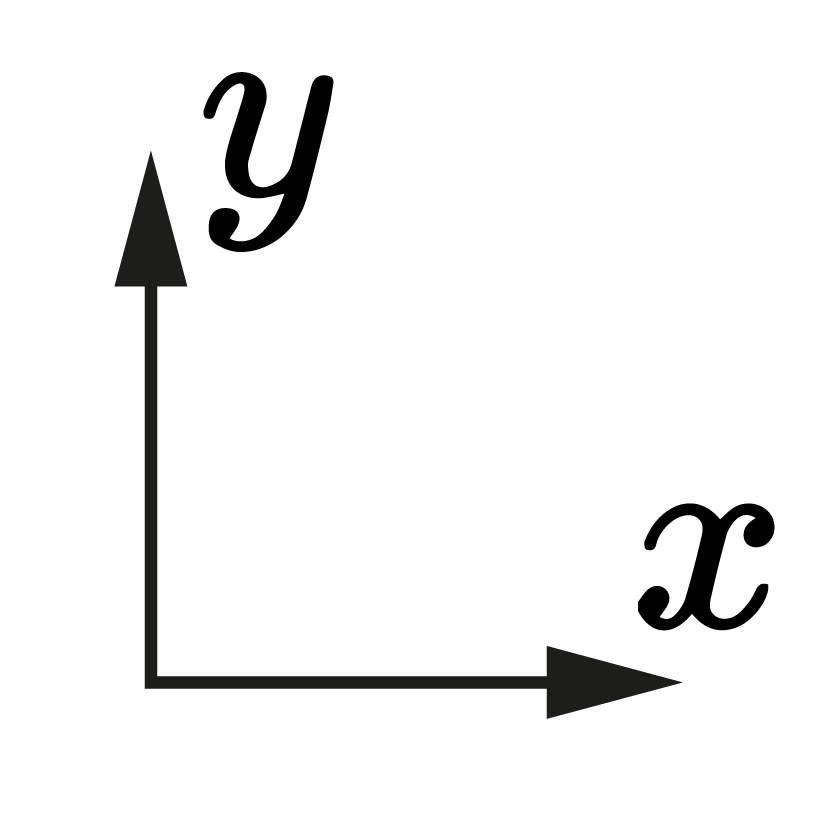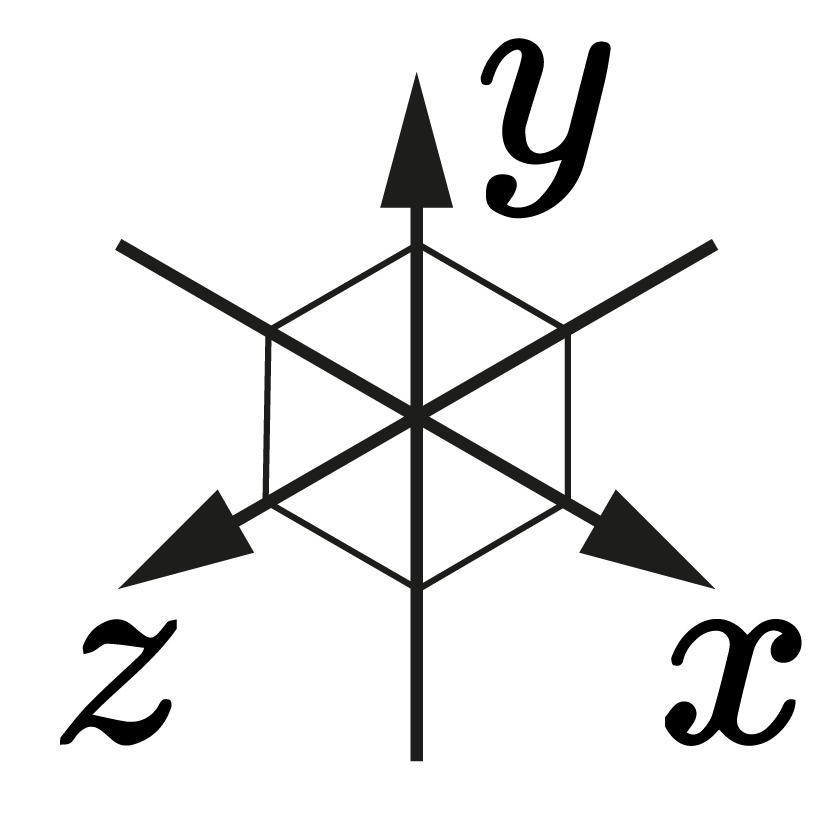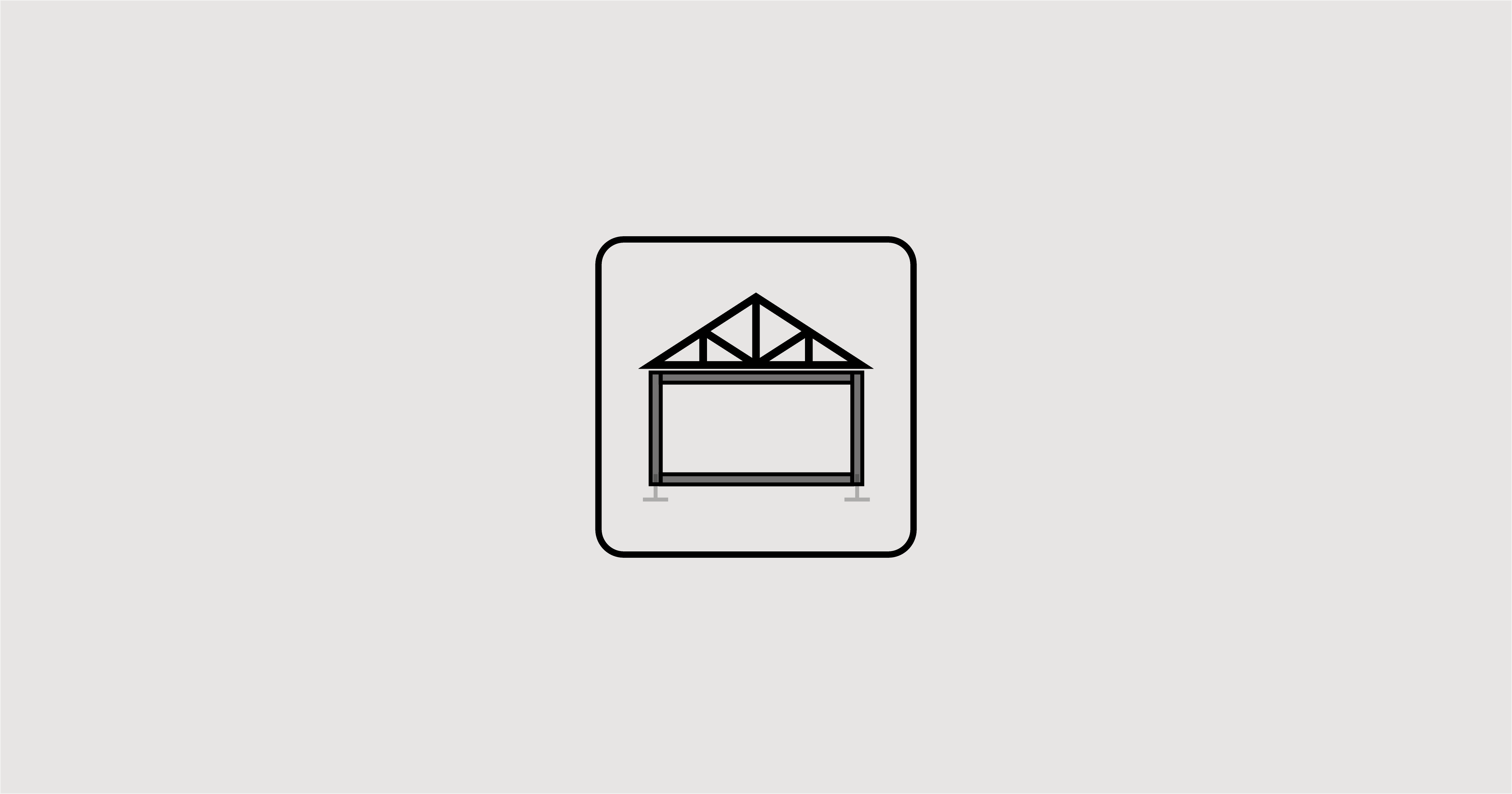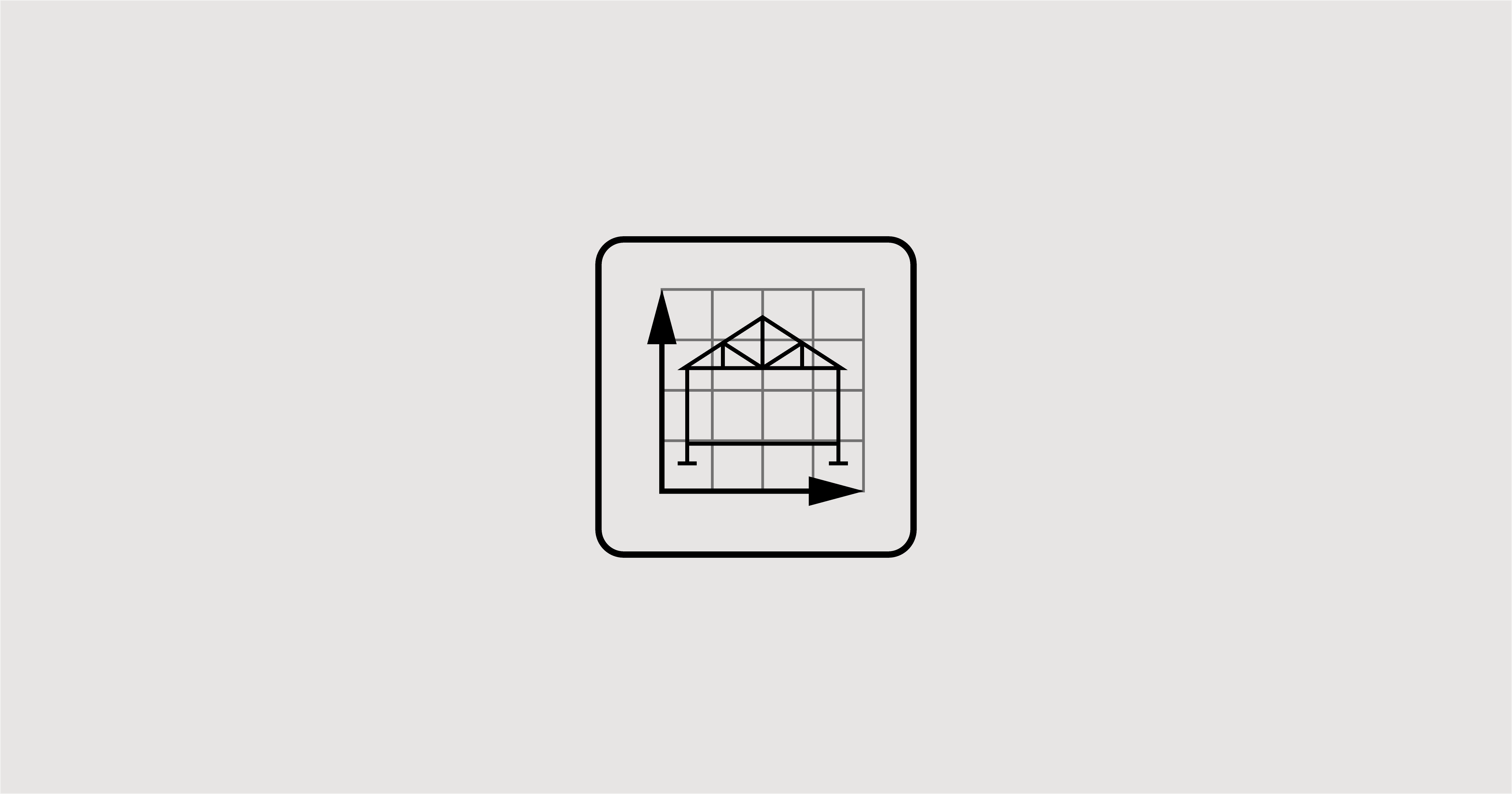One key component for structural models are supports. These are responsible for keeping objects restrained in space. Examples include building footing pads, guy wires, and even door hinges.
They have two primary purposes: (1) they carry the applied structural loads, and (2) they control movement at the application point (We'll learn more about this in deflection later on.)
Let's look at the hinge of a swinging door, for example. When you push it, you don't expect it to fall from its jamb; instead, it swings in or out. It is possible because the support hinges only permit swinging. This movement is how supports control the door's deflection. In addition to this, the hinges also carry the door's weight. Without these supports, nothing helps the door support on its own.
How much force the supports carry are what we call reactions. In structural analysis, finding these forces is a crucial part of a complete solution. We use reactions, for instance, in the design of supports.
How Do Loads Transfer to Supports?
How loads transfer to the supports is a complex topic - so many factors to consider if we want to mimic the actual behavior. For simplicity's sake, most analyses assume that the reactions can either be a single resultant force or its components along axes.
What are the Different Types of Support?
There are many support types - each has its function. For example, a door will require support that would carry its weight and permit swinging motion; a building will need something that would take its whole weight and make it stationary on the ground. We can describe the different types of supports based on these several properties:
- Name. The name of the support.
- Symbol. The support's figure in drawings or models.
- Application Point. The position of reaction forces. For example, it can be a nodal load acting through the center of the support or with an offset.
- Number of Reactions. The number of reaction forces.
- Restraints. The number of deflection restrictions.
There are two types of support depending on its construction: (1) external and (2) internal.
External Support
Supports connected to the object are external supports. These are found either at the structure's ends or along its intermediary points.
Out of all these supports, the most commonly used are the roller, the hinge, and the fixed support. In some references, the roller and hinge are sometimes collectively called simple supports.


Internal Support
Internal supports are built-in with the object they're supporting; Example would be a hinge that acts as a connection for compound structures.
These supports provide additional equations to the structure, which we call equations of condition or construction. We'll see more of this as we go along the course.

Summary
Supports are responsible for keeping objects or structures restrained in space.
Supports have two primary purposes: (1) they must control movement at their application point, and (2) they must carry the applied external loads of the structure.
Reactions are forces associated with support. These carry the external loads of the structure.
We assume that reactions are represented either as a single resultant force or its components along axes.
There are many types of support - each has its function.
Supports connected to the structure are external supports, while those built-in with the object are internal supports.
The three most commonly used external supports are: (1) roller, (2) hinge, and (3) fixed support.
Internal supports provide additional equations called equations of condition or construction.







